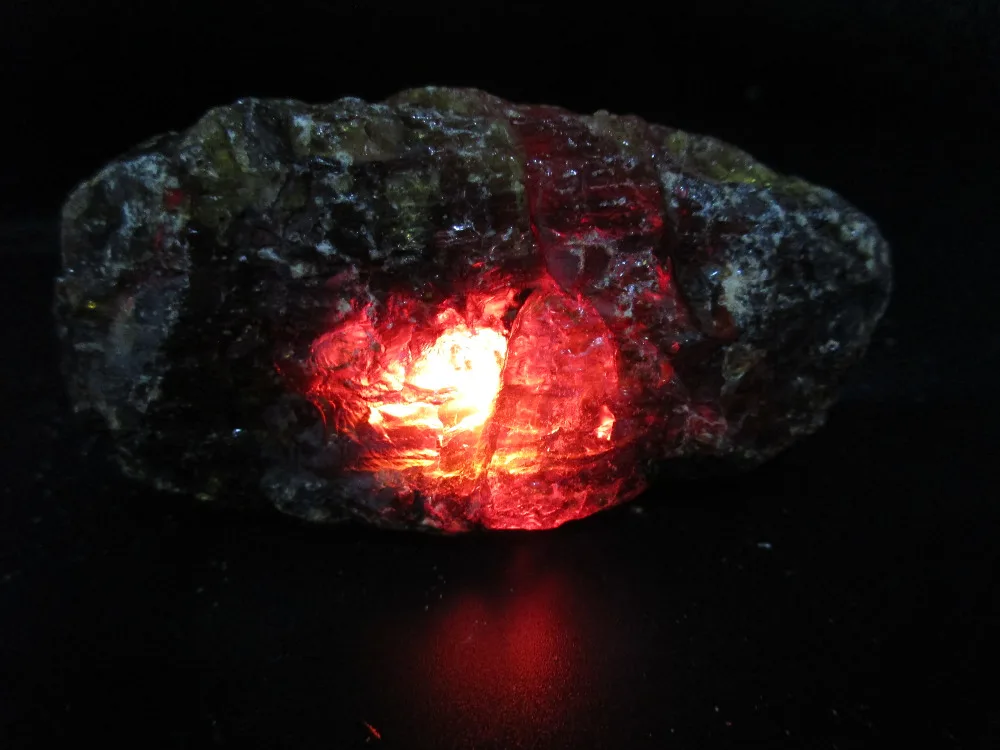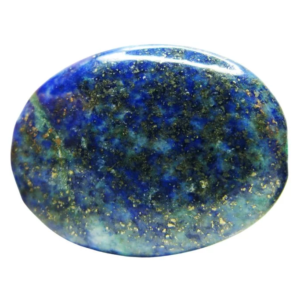Blood amber
Blood Amber is a rare and captivating variety of amber, named for its deep red to reddish-brown hue. Amber itself is fossilized tree resin that has hardened over millions of years, and blood amber is prized for its rich coloration and rarity.

Key Features:
- Color and Appearance:
- Color: Deep red, sometimes with hues of brown or orange. Its name comes from its resemblance to the color of blood.
- Transparency: Can range from translucent to opaque, often with unique inclusions such as air bubbles, plant material, or even ancient insects.
- Formation:
- Originates from the resin of prehistoric trees, primarily conifers.
- The red coloration develops over time, influenced by oxidation and environmental factors.
- Sources:
- Found in regions known for amber deposits, such as Myanmar (Burma), the Baltic region, and parts of China.
- Uses:
- Jewelry: Often carved or polished into beads, pendants, or intricate designs.
- Healing and Spirituality: In some cultures, believed to carry protective and healing properties.
- Properties:
- Lightweight: Amber is significantly lighter than gemstones and warm to the touch.
- Softness: Rated 2–2.5 on the Mohs scale, making it relatively soft and requiring careful handling.
- Unique Fragrance: When heated, it releases a distinct, sweet resinous scent.
- Care:
- Avoid exposure to harsh chemicals, heat, or prolonged sunlight, which can dull its surface.
- Clean gently with warm, soapy water and a soft cloth.
Interesting Facts:
- Value: Blood amber is one of the most sought-after types of amber due to its rarity and rich, striking color.
- Inclusions: Specimens with ancient inclusions (e.g., insects or plant material) are particularly valuable to collectors.
- Symbolism: Often associated with vitality, energy, and protection in various cultures.
Would you like information on identifying authentic blood amber or its symbolism in jewelry?

Leave a Reply
Want to join the discussion?Feel free to contribute!